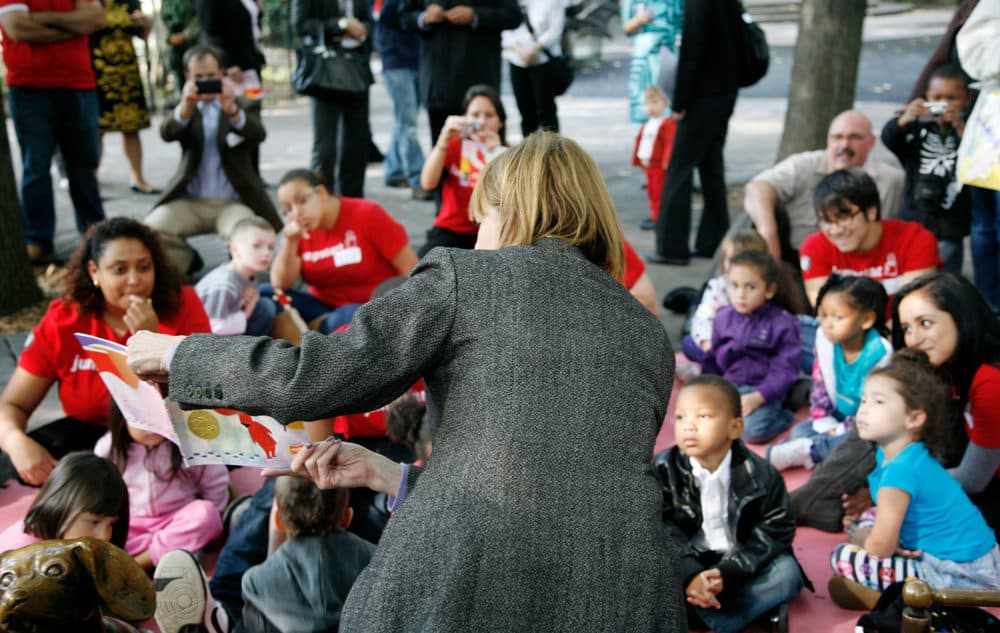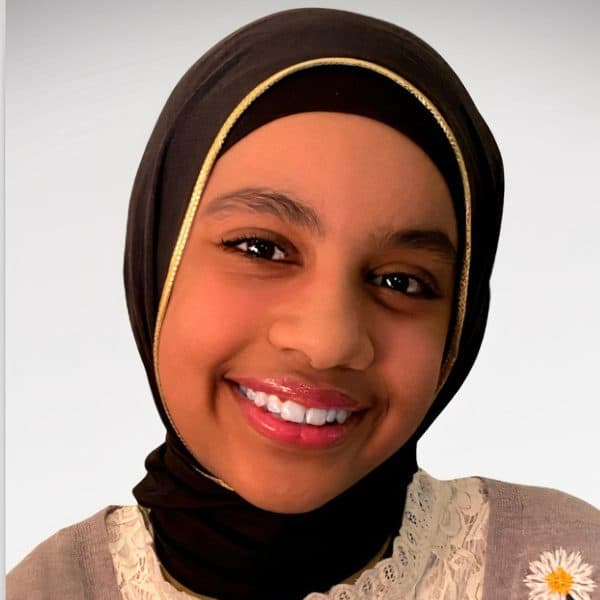Advertisement
Commentary
I'm a 12-year-old Muslim girl. Where are people like me in the books I read?

I’m 12 years old and I love to write and read. I’ve read lots of books, but not one with a Muslim person of color as the main character. My sixth grade teacher said books ought to be mirrors and reflect who we are as people.
But how can that be when I’ve never read a book with a main character like me?
Many classrooms don’t provide inclusive books or even have tough conversations about the reality of our country. I want to see more representative books in classrooms, school libraries and the media.
Here’s what I notice: If you get a person of color as the main character, more likely than not, the character is male. If you get a main character who's female, they’ll be white. I’ve always felt as though it’s a trade-off with a large number of books. A University of Chicago study concluded the same thing: Main characters in children’s books tend to be white and male. I believe that is deeply unfair.
None of the characters are ever just like me.
None of the characters are ever just like me. None of the characteristics that shaped my identity were put in a book. As someone who comes from a single-parent household, I noticed that literature portrays an “ideal family” which doesn’t reflect mine. Growing up, I recognized that having two parents was deemed socially acceptable.
As a Muslim girl who wears hijab, I also wish that there were greater representation of girls who wear hijab outside of what is presented in the media. When I was younger, I wondered why people never understood more about my hijab and why I wear it. I soon realized that it’s because we are hardly ever represented in literature, and therefore, people are ignorant about those of us who wear hijab. It makes me feel left out, like I’m not the ideal model for a main character. Your self-esteem is torn down when you never see yourself accurately portrayed.
As an aspiring author, I want to make sure that my books include different types of people, so that children feel like they are worthy and recognized. When Torrey Maldonaldo — who is Black and Afro-Puerto Rican — was growing up, he had never seen a kid who looked like him in a book. His mother then brought home "A Snowy Day" by Ezra Jack Keats. It is a story about a young black boy who explores his city in the snow. The article describes how Torrey Maldonaldo had never seen a kid who looked like him in a book.
Advertisement
“I thought that book was me! I thought the mother was my mom,” said Maldonaldo, a teacher and author. “What made that book so precious to me is it took my neighborhood and made me see the magic in it.”
By 2032, the year I expect to graduate from college, I want books to be more inclusive and I plan to write them.
Diverse books act as validation for groups that are often stereotyped or overlooked. They are more than just mirrors; they are windows for some to experience what people outside of their life go through. When books always have main characters that are white and highlight their experiences, white children will receive the message that they are more important than everyone else. This sends signals to students who aren’t white that their experiences and lives don’t matter.
The diversity instilled in books and media can lift the spirits of non-white students and show them that there are people out there just like them. A great example of this is the movie and comics that came with, "Black Panther," which included an all-black cast and characters. The "Black Panther" showed children that they can be superheroes and that not all extraordinary people are white. According to Time.com, it highlighted black life and didn’t dodge any modern issues.
Last summer, I participated in a writing program with 826 Boston. Here, a group of students my age and I wrote inaugural speeches as if we were becoming Boston’s new mayor. Those were published and became a book in which the target audience is children. In my speech, I spoke about systemic racism within public schools and how I would like to change the system. This may not seem like it has anything to do with representation. However, in my speech I sought to represent people who are in my position, I showed people like me that they are seen.
By 2032, the year I expect to graduate from college, I want books to be more inclusive and I plan to write them. I hope to publish more books with a variety of people and hopefully inspire other authors to do the same. I want to express the importance of inclusion in literature. I want people to look at my books and say “That’s me.”
